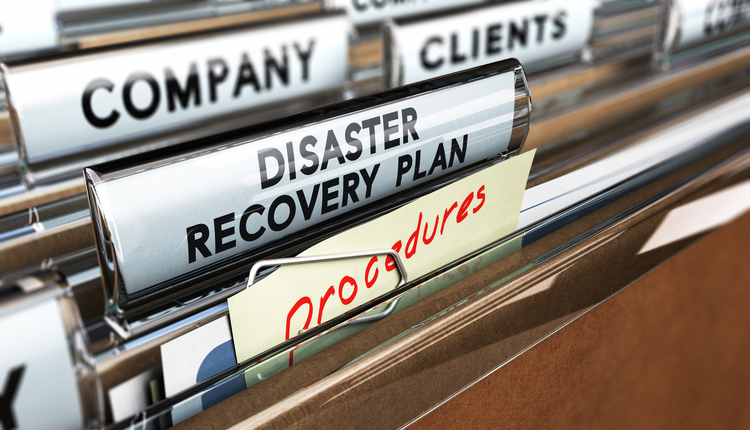After a very mild January, New England is being hit with one snowstorm after the other - including two blizzards within two weeks. Boston has now had over 90 inches, almost 8 feet of snow, this season. And there's another storm in the forecast for later this week.
All this snow has meant hazardous conditions for individuals and businesses. Shoveling snow for hours, over snowbanks higher than your head, can cause injuries. Icy roads and whiteout conditions mean multi-car accidents on the interstate highways. The weight of the snow has caused roofs to collapse. Doctor visits and insurance claims are on the rise.
While these conditions are localized, the impact of dangerous weather events is not. Fires in the drought-ravaged western states. Tornados in the Midwest. Flooding along river basins. Hurricanes along the coast. The weather is a most formidable foe.
Many security and disaster recovery plans only focus on human-initiated events - letter bombs, arson, terrorist attacks, etc. These are important factors and must be considered. Just as important, and more likely to occur, are employee injuries and business disruptions due to the weather.
For example, do you have a plan for:
· Employees unable to get to work due to closed roads in their town?
· Employees or their families injured due to a massive weather catastrophe?
· The safety and welfare of employees stuck at work because of a storm?
· Loss of a facility because of weather-induced destruction?
· Stoppage of U.S. Postal Service and other carriers' deliveries?
This short list is a good way to get the conversation started. Meet with your company's disaster recovery team to gain their insight. Establish plans for different scenarios, including multiple methods of communication to everyone involved. Conduct training and rehearsals on a regular basis.
Nature can be very beautiful. And very dangerous. Start your preparations today.
Be safe.
Mark Fallon is president and CEO of The Berkshire Company. Hey may be reached at 508-485-9090, or visit his website at www.berkshire-company.com.
All this snow has meant hazardous conditions for individuals and businesses. Shoveling snow for hours, over snowbanks higher than your head, can cause injuries. Icy roads and whiteout conditions mean multi-car accidents on the interstate highways. The weight of the snow has caused roofs to collapse. Doctor visits and insurance claims are on the rise.
While these conditions are localized, the impact of dangerous weather events is not. Fires in the drought-ravaged western states. Tornados in the Midwest. Flooding along river basins. Hurricanes along the coast. The weather is a most formidable foe.
Many security and disaster recovery plans only focus on human-initiated events - letter bombs, arson, terrorist attacks, etc. These are important factors and must be considered. Just as important, and more likely to occur, are employee injuries and business disruptions due to the weather.
For example, do you have a plan for:
· Employees unable to get to work due to closed roads in their town?
· Employees or their families injured due to a massive weather catastrophe?
· The safety and welfare of employees stuck at work because of a storm?
· Loss of a facility because of weather-induced destruction?
· Stoppage of U.S. Postal Service and other carriers' deliveries?
This short list is a good way to get the conversation started. Meet with your company's disaster recovery team to gain their insight. Establish plans for different scenarios, including multiple methods of communication to everyone involved. Conduct training and rehearsals on a regular basis.
Nature can be very beautiful. And very dangerous. Start your preparations today.
Be safe.
Mark Fallon is president and CEO of The Berkshire Company. Hey may be reached at 508-485-9090, or visit his website at www.berkshire-company.com.







![GettyImages-1272922073-[Converted]](https://cms-static.wehaacdn.com/mailingsystemstechnology-com/images/GettyImages-1272922073--Converted-.1705.widea.0.jpg)








